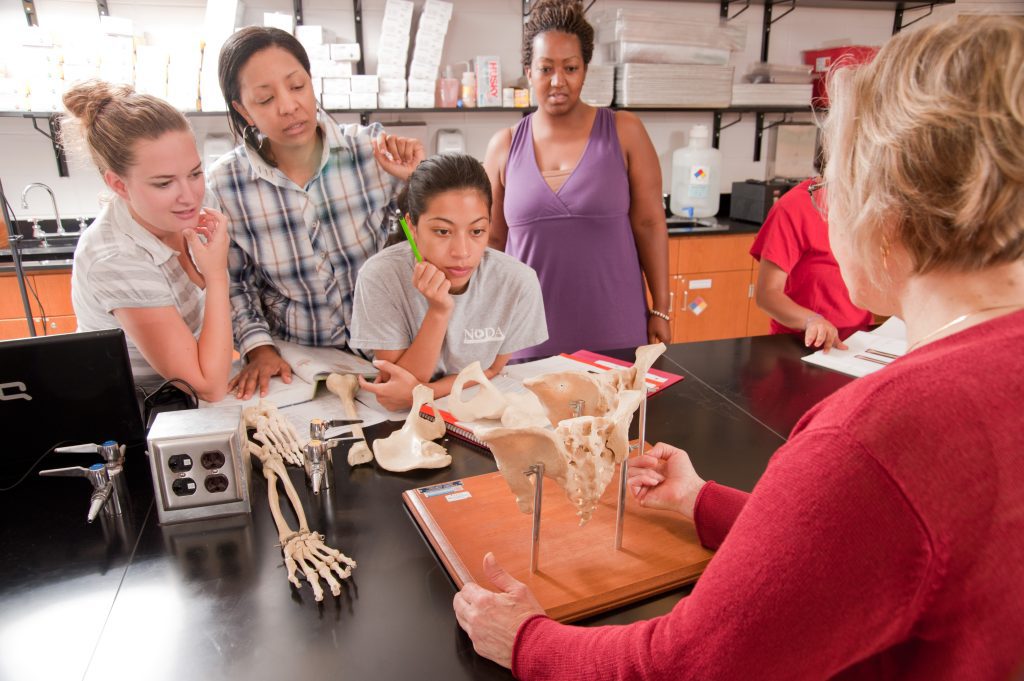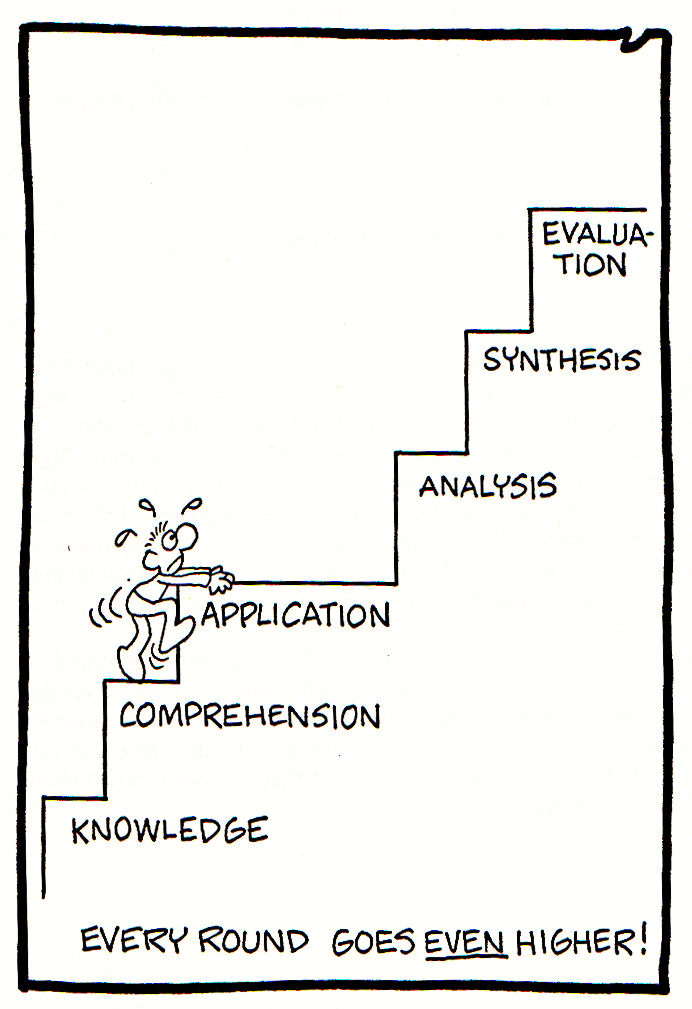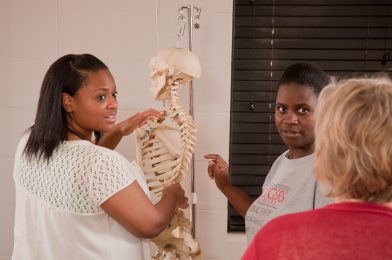Most organizations think that all their professional communicators are not only literate but are effective communicators.
Does your organization have managers putting out fires? I hear this a lot with managers. The root cause of these problems always seems to be poor communication.

So if all your staff has college degrees in English or journalism, why are there so many fires in the organization requiring managers to put out fires?
I believe that most people are visual learners; a recent study by the U.S. Federal Government suggested that up to 83% of human learning occurs visually. The study also indicated that visual information is retained up to six times greater than spoken word alone.
All research points out that we should communicate visually to be the most effective. Psychologist Jerome Bruner of New York University has studied the art of communication, and his studies have shown that:
• People remember 10% of what they hear;
• 20% of what they read; and
• 80% of what they see and do.

I spoke to students in a school camera club where the school’s professional communicators were also in the room. Both of the professionals who attended said they learned a lot. My topic was How Composition Communicates: Visual placement of subject communicates—do you know what you’ve been saying?
Creating a camera club helps with the school yearbook and newsletters and for the professional staff to have photos to use for the school website and publications. So they asked me to come in and set the bar and help educate the students on what makes a good photograph.

If you enjoy my newsletters and blogs, maybe your organization could use a workshop and have me come in and help everyone understand how to create and manipulate visuals more effectively. Every organization that hires professional videographers and photographers also does its work. Those organizations that help educate their people on how to create better visuals for their everyday needs will stand out from their competition.
“A common mistake I see many journalists make is that they write a visual story without watching the visuals in front of them as they write. Too often, a video or slideshow story is not connected to the visuals. A good story is hooked to the visuals and audio. In broadcast, disconnected shots are referred to as wallpaper video, meaning that the story could be told without the visuals.”
–Serena Carpenter, professor Arizona State University
I commonly see writers cover events and never watch the video they will use on the website or the still photographs before and while writing their story.
While working on my master’s of communication in the education department, they taught me how people learn. Surprisingly all my journalism classes spent most of their time communicating but nothing about how people know. All my education classes taught me how people learn, but very little about how to communicate. I used to laugh about this.
In organizations, for the most part, you need people who are not just knowledgeable, as shown in the Stages of Learning chart (see above drawing).
- Knowledge: memorizing or recalling
- Comprehension: Translating (changing) into new forms, explaining
- Application: Applying learning to a unique situation
- Analysis: Breaking communication down into its parts
- Synthesis: creating something new by putting the pieces together
- Evaluation: Judging based on standards
I would say most writers can do all six stages regarding text, but few move past stage one regarding visual literacy.
A suitable workshop will help your staff to learn how to use visuals with text to improve the retention of the information for your organization.

Stanley’s Visual Training Workshops.
I provide one-on-one tutoring in digital photography, photo editing, and visual communication. The one-day tutorial covers camera skills and Lightroom; 2-4 day tutorials add instruction in photographic expression & field shoots as well as matching visuals with text.
Costs: $495/1 day to $1,980/4 days.
Please call me for rates if you want me to help train your staff.

